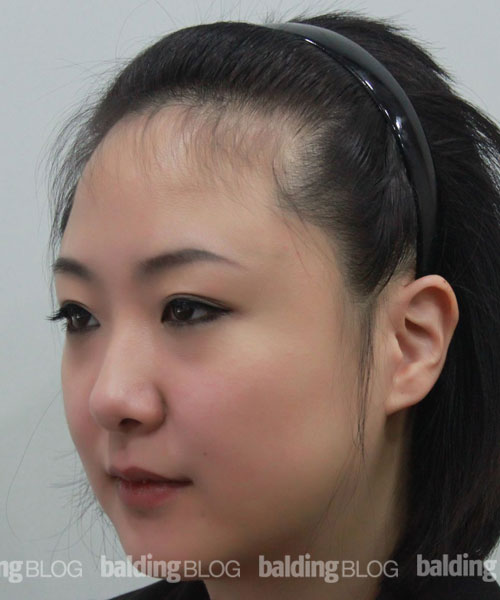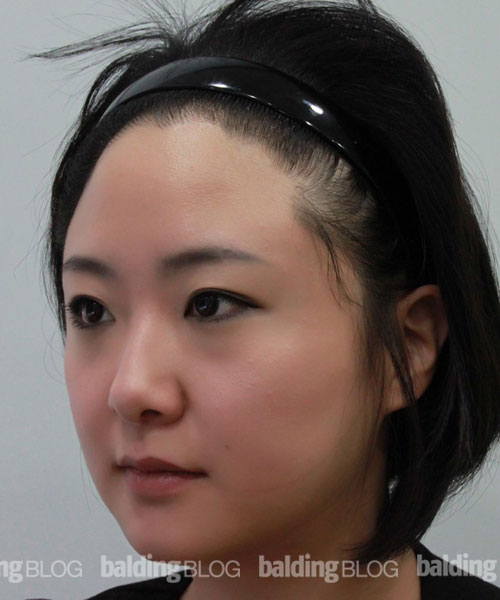How does a HT doctor, not recreate, but fill in an existing hairline without causing trauma to nearby follicles. Is shock loss inevitable because of close proximity to existing follicles?
Thanks

We do not recommend surgery if we believe there is a greater risk of shock loss over the benefits of a hair transplant procedure. In other words, we do not blindly advise surgery to everyone.
If surgery is recommended, we use the smallest instruments and take great care to avoid trauma to adjacent existing hairs. There will be some trauma to the hairs, but the overall goal is to minimize this and make the hair transplant surgery worthwhile to be of a cosmetic benefit for the patient. This is one of the many reasons you must pick a doctor and the medical clinic with a good reputation and history of doing quality work.
The causes of shock hair loss after a hair transplant relate mainly to the age of the patient and the degree of miniaturization present at the time of the transplant. A patient with active hair loss who is under 28 years old has a higher risk of shock loss than a man over 40 who does not have active hair loss. The use of finasteride tends to protect the patient against shock loss, even in the patient under 28 years old.


